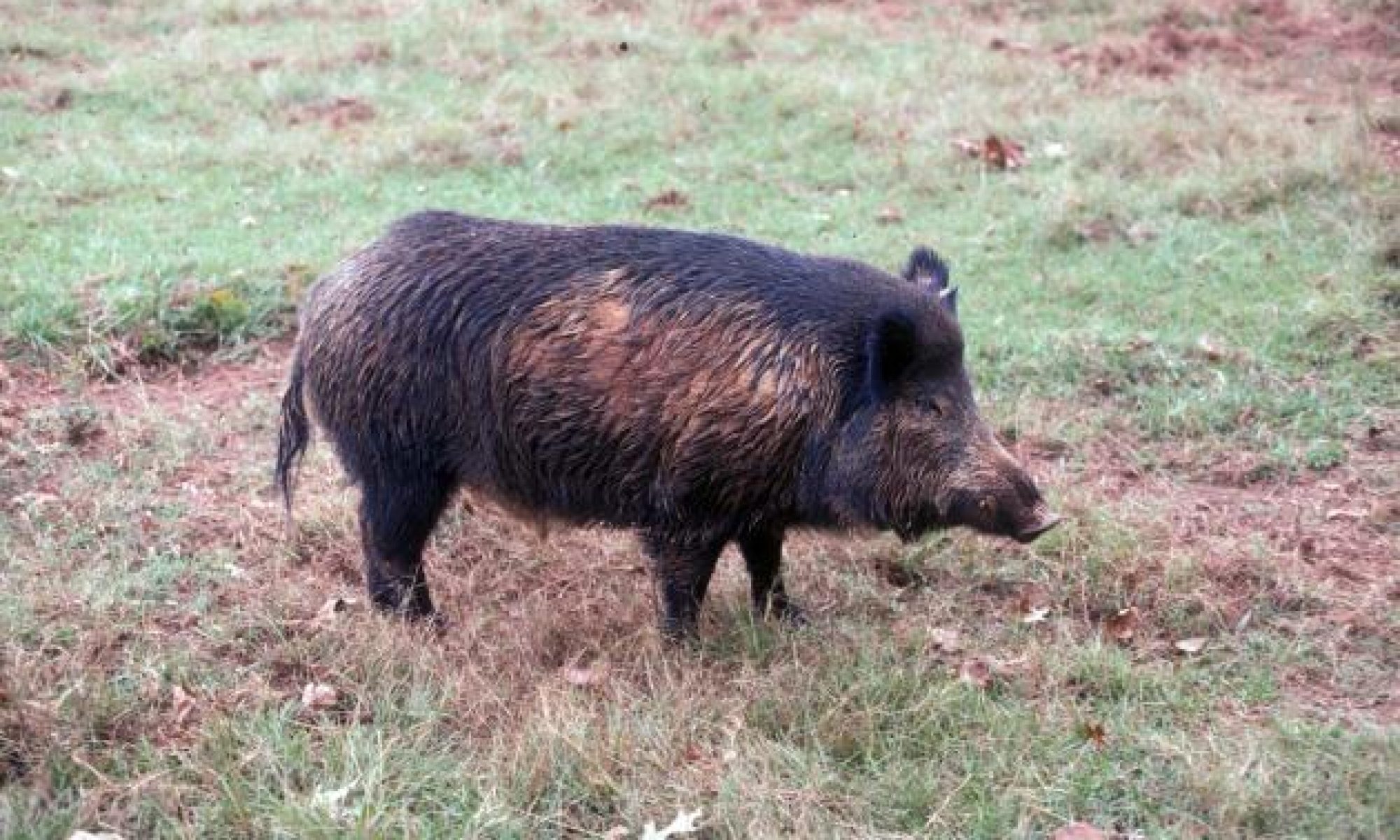
Dr. Jack Mayer received both his B.A. in biology and Ph.D. in zoology from the University of Connecticut. He is currently a research scientist and manager at the Savannah River National Laboratory in Aiken, South Carolina. Dr. Mayer has been conducting research on wild pigs for over 40 years. Although mostly focused on morphological work, it has also included research on wild pigs in the areas of systematics, behavior, population biology, reproductive biology, damage/impacts, and management/control techniques. He is the …

 …
…


